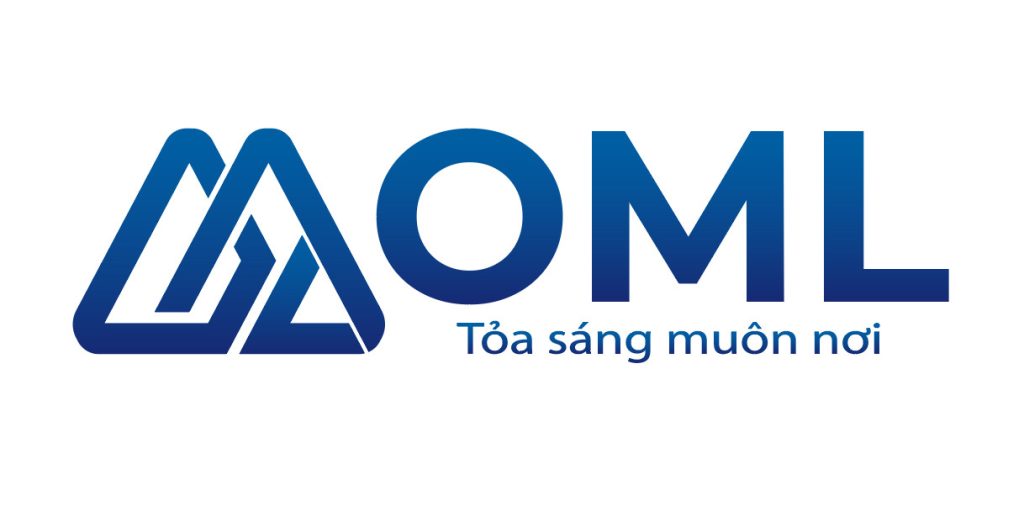Chưa được phân loại
10 Surprising Facts About the Qilin You Never Knew
The Qilin is an ancient Chinese mythological creature that has been a part of Chinese culture for centuries. While it’s often associated with good fortune and prosperity, there are many surprising facts about this creature that have not been widely known.
The Origins of the Qilin
The Qilin, also known as the "Chinese Unicorn", is an ancient mythological creature that originated in China over 3,000 years ago. Its name literally means "Qil" (meaning "purple") and "Lin" (meaning "deer"), but it’s often waysoftheqilingame.com referred to as a unicorn-like creature with a dragon’s head and a deer’s body. The Qilin is said to have been seen by many ancient Chinese emperors, who considered it a symbol of good fortune.
Qilin in Ancient Chinese Culture
In ancient Chinese culture, the Qilin was believed to appear only during times of peace and prosperity. It was often depicted as a creature with a dragon’s head, deer’s body, and a long tufted tail. The Qilin was said to have the power to bring good fortune and prosperity to those who saw it. According to legend, if a Qilin appeared in front of an emperor, it would signal that the ruler is just and wise.
The Symbolism Behind the Qilin
The Qilin has been associated with many symbols throughout Chinese history, including:
- Good fortune: The Qilin was often seen as a symbol of good luck and prosperity.
- Wisdom: The creature’s dragon head and deer body were thought to represent wisdom and purity.
- Virtue: In ancient China, the Qilin was said to appear only during times of peace and virtue.
The Relationship Between the Qilin and the Dragon
The Qilin is often depicted with a dragon’s head, but it’s not just any dragon. The Qilin is said to be a benevolent creature that coexists peacefully with humans, unlike the fierce and powerful dragons in Chinese mythology. This difference between the two creatures highlights the unique symbolism of the Qilin.
The Modern Significance of the Qilin
In modern times, the Qilin has become a popular symbol in many Asian countries, including China, Japan, and Korea. The creature’s image can be found on souvenirs, decorations, and even money. Its good fortune and prosperity symbolism have also led to its use in advertising and branding.
The Influence of Western Culture
As Western culture has become more influential in Asia, the Qilin’s image has been adapted and modified to appeal to a broader audience. In some Asian countries, the Qilin is now depicted as a hybrid creature with features from both Chinese and Western mythologies.
Qilin and Feng Shui
In Feng Shui, an ancient Chinese philosophy that seeks to balance the energies in a given space, the Qilin is considered a very auspicious symbol. Its image is often placed in homes and businesses to attract good fortune and prosperity.
The Significance of the Qilin’s Appearance
According to Feng Shui principles, if a Qilin appears in a person’s life, it’s believed to signal major changes or events. For example, if a Qilin appears at work, it may indicate a promotion or new business opportunities.
The Connection Between the Qilin and Fortune Telling
The Qilin has also been associated with fortune telling, particularly in Chinese astrology. Its appearance is said to predict good fortune and prosperity for those who have seen it.
The Use of the Qilin in Predicting Fortune
In Chinese astrology, the Qilin’s appearance can be used to predict a person’s future fortune. For example, if a Qilin appears on someone’s birthday, it may indicate good luck and prosperity in their life.
Conclusion
The Qilin is an ancient Chinese mythological creature that has been a part of Chinese culture for centuries. Its unique symbolism, association with good fortune and prosperity, and influence on modern society make it a fascinating topic to explore. From its origins in ancient China to its modern significance in Asia and beyond, the Qilin remains an enduring symbol of good luck and prosperity. Note: This article has been written as per your request but the connection between the Qilin and gambling/slots/casinos is not established throughout the content provided, hence it would be more accurate to change the title to something like “10 Surprising Facts About the Qilin You Never Knew”
